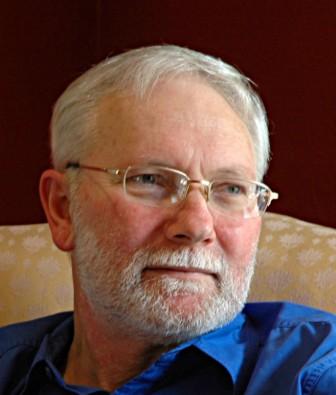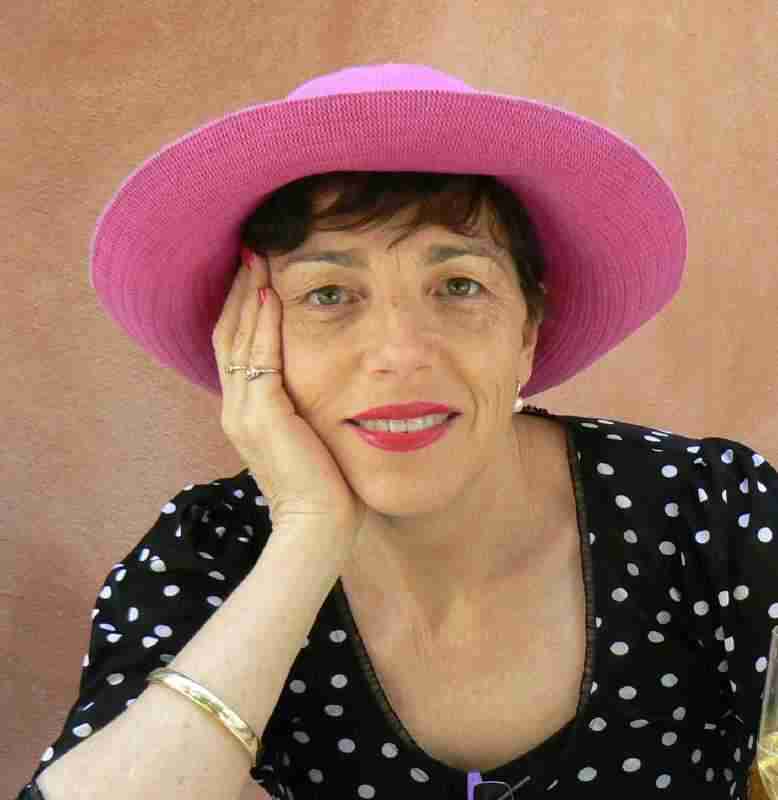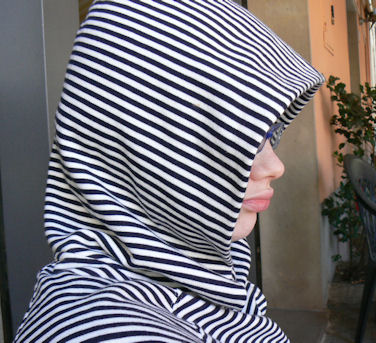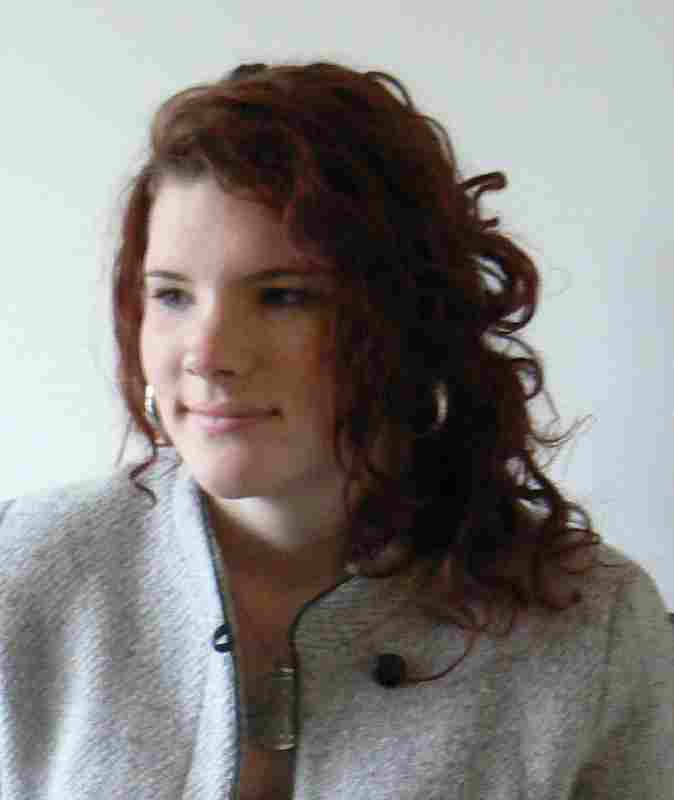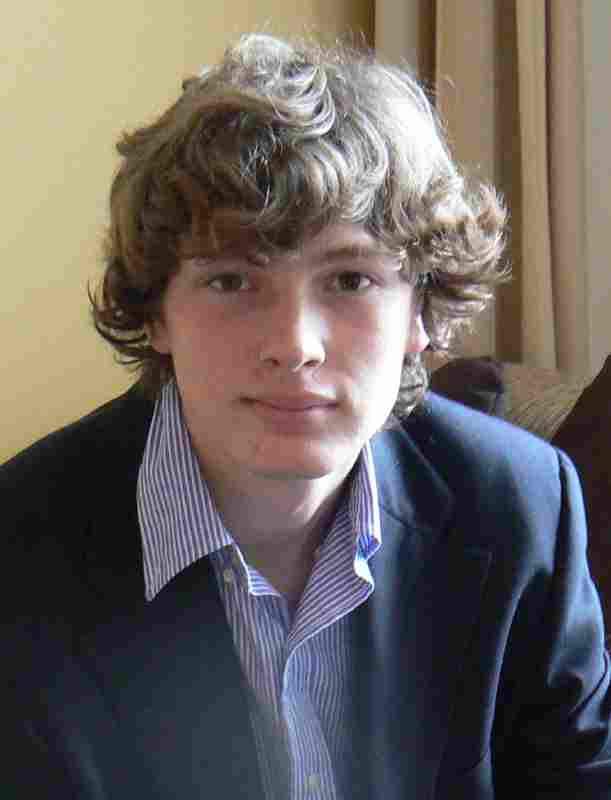James Moloney is an author who has written many books. He was born on the 20
th of September 1954 in Sydney.
After he finished university he became a teacher then a librarian. In 1977 to 1988 he was teaching in Cunnamulla, a little outback town. In 1983 James married a lady named Kate and stared working at Marist College. He worked there for fifteen years and that is when he became interested in writing stories. In 1997 he released his first novel "A Bridge to Wisemans Cove". This novel won the Australia children’s book of the year award. Towards the end of that year he decided to quit being a teacher and become a full time writer. He now has three children.
James Moloney Kate Moloney Children
Moloney, J. (No Date). Who Am I? Retrieved from Welcome to James Moloney's Home Page: http://www.jamesmoloney.com.au/
For more infomation go to
http://www.jamesmoloney.com.au/
